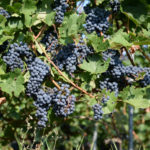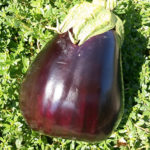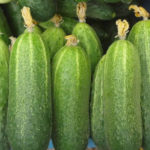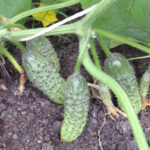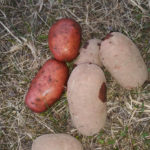Mandarin Mineola
Mandarin Mineola (Minneola) - this is the name under which the fruits of this citrus are sold in supermarkets. So it is often called on various domestic forums and sites. But to consider mineola tangerine, strictly speaking, would be a mistake. In fact, the plant belongs to the group of so-called "tangelo" - artificially created hybrids of tangerines with pomelo or grapefruit.

History of origin
So, the tangelo Mineola is a hybrid of the Dancy tangerine and the Duncan tangerine. The variety was created in Florida, USA. The Department of Agriculture of this country registered a new variety in 1931.
Mineola trees are widespread in Florida. The local climate and soils allow this citrus to show its best qualities. At the same time, it should be noted that in other natural conditions they can turn out to be much worse.
Mineola is a popular commercial crop. Now, in addition to the United States, large industrial plantings of the variety are found in Israel, Turkey and China.

Description of the plant
Since its appearance and properties can vary significantly, we will describe the "Florida" version as the closest to the required standards.
Crown characteristic
The tree is tall, in open ground conditions it can reach 4 meters or even more. Indoors - up to 2 meters, with good care. There are no thorns on the branches. The branches themselves are strong, with a light, rough bark, forming a compact crown.
Leaves are narrowly elongated, rigid, sitting on large, long lionfish. The degree of foliage is high, it depends on the amount of light and moisture. The plant is relatively frost-resistant, can withstand a short-term temperature drop below zero degrees.

Bloom
The flowering nature is similar to tangerine. This means that the tree blooms profusely, usually in the second half of spring, but a second wave may occur in summer. In terms of its intensity, it is significantly inferior to the first. The flowers are small in size, fragrant, the color of the petals is pure white.
Citrus growers note that quite often a significant part of the flowers falls off without setting any fruit. This is especially noticeable with room maintenance. The reason is that Mineola is poorly developed self-pollination. For a good harvest, it is necessary that a tree of another variety grow nearby, or even the same, but not its clone (biological twin). When pollinated with biologically removed citruses (for example, clementines or tangerines), the ovaries become larger, but an abundance of seeds appears in the pulp.
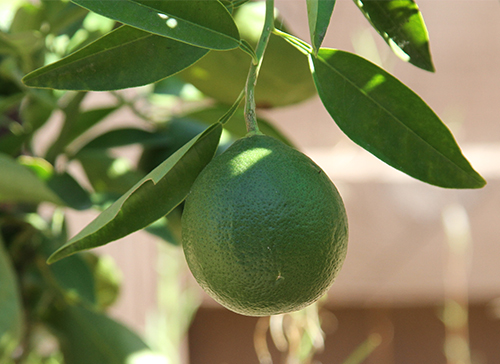
It was also noticed that in a pot culture, fruit setting prevents the emergence of new growth on the branches. In years when fruits develop well, the crown practically does not increase. On the contrary, if a good growth of new shoots has begun in the spring, the harvest will be poor.
Description of fruit
The glory of Mineola was borne by her fruits. They have a delicate, exquisite, sweetish-sourish taste. Some people claim that it looks like a mixture of orange and tangerine. The orange-colored flesh consists of 10 - 12 slices and literally melts in the mouth.
Interesting! This fruit is a true champion in folic acid content. In particular, it is called the "female vitamin", it is very useful for pregnant women, because it prevents the occurrence of congenital malformations in the child.
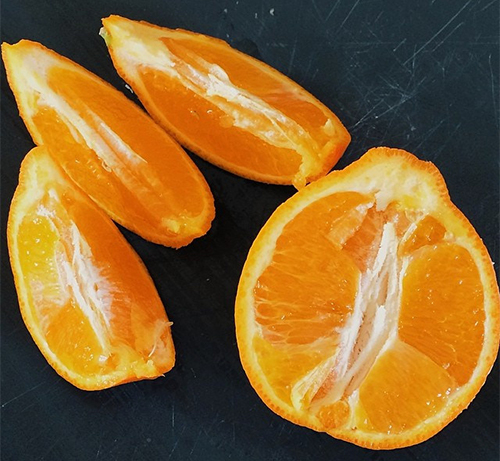
Among all the tangerine fruits, our hero is easily recognizable by the characteristic "neck" near the peduncle, which is, in fact, an undeveloped second fruit. Other distinctive features:
- The color of the peel is bright orange. If you overexpose the fruit on the tree, the color becomes pale.
- The aroma is strong, the surface structure is smooth, on it essential oil pores are almost invisible.
- The peel is of medium thickness. An important feature that is unsuccessful from a commercial point of view is its poor adherence to the pulp.
- The shape is elongated, about 8.5 cm long. The width is 1 - 1.5 cm less.
Indoor citrus enthusiasts consider Mineola to be a beautiful highly decorative tree. However, it has an important drawback: it is difficult to achieve significant yields, and ripening fruits often turn out to be too sour.
